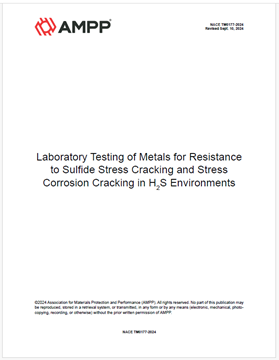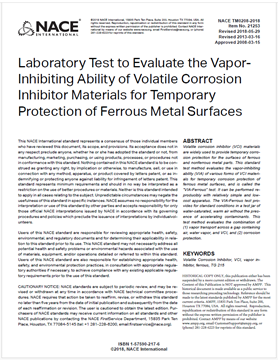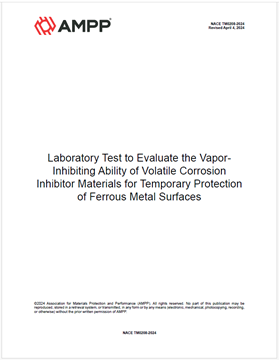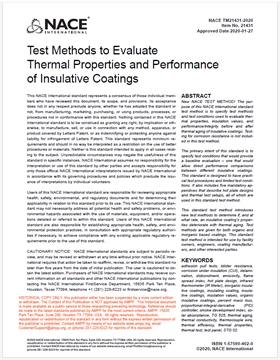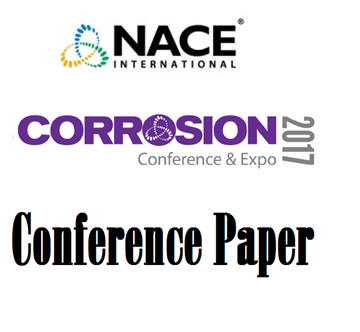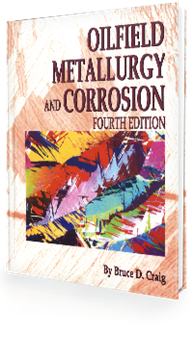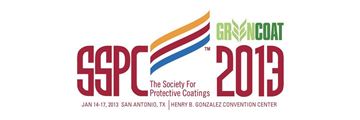Search
Materials Selection and Design
View as
Sort by
Display
per page
NACE TM0177-2024, Laboratory Testing of Metals for Resistance to Sulfide Stress Cracking and Stress Corrosion Cracking in H2S Environments
Product Number:
NACE TM0177-2024
Publication Date:
2024
$109.00
NACE TM0183-2018, Evaluation of Internal Plastic Coatings for Corrosion Control of Tubular Goods in an Aqueous Flowing Environment
Product Number:
21213-SG
Publication Date:
2018
$109.00
NACE TM0208-2018 "Laboratory Test to Evaluate the Vapor-Inhibiting Ability of Volatile Corrosion Inhibitor Materials for Temporary Protection of Ferrous Metal Surfaces"
Product Number:
21253-SG
Publication Date:
2018
$179.00
NACE TM0208-2024, Laboratory Test to Evaluate the Vapor- Inhibiting Ability of Volatile Corrosion Inhibitor Materials for Temporary Protection of Ferrous Metal Surfaces
Product Number:
NACE TM0208-2024
Publication Date:
2024
$109.00
NACE TM0497-2022, Measurement Techniques Related to Criteria for Cathodic Protection on Underground or Submerged Metallic Piping Systems
Product Number:
NACE TM0497-2022
Publication Date:
2022
$109.00
NACE TM21431-2020, Test Methods to Evaluate Thermal Properties and Performance of Insulative Coatings
Product Number:
21431-2020
Publication Date:
2020
$179.00
Nanostructured and Superhydrophobic Coatings Against Corrosion
Product Number:
51317--9429-SG
ISBN:
9429 2017 CP
Publication Date:
2017
$20.00
Non-Metallic Piping Systems for Corrosive Fluid Processing
Product Number:
51317--9121-SG
ISBN:
9121 2017 CP
Publication Date:
2017
$20.00
Oilfield Metallurgy and Corrosion, Fourth Edition (e-Book)
Product Number:
38599-E
ISBN:
9780615961354
Publication Date:
2014
$150.00
Optimisation Of Hydrogen Stress Cracking Resistance Of High Strength Precipitation Hardened Nickel Alloys
Product Number:
51322-17960-SG
Publication Date:
2022
$20.00
Optimizing Wallpaper Cladding Repair of WFGD Air Pollution Control Systems in the Power Industry
Product Number:
51317--9365-SG
ISBN:
9365 2017 CP
Publication Date:
2017
$20.00
Painted Aluminum – Concerns with Fabrication Details and Exposure
Product Number:
41213-786-SG
Publication Date:
2013
$20.00

